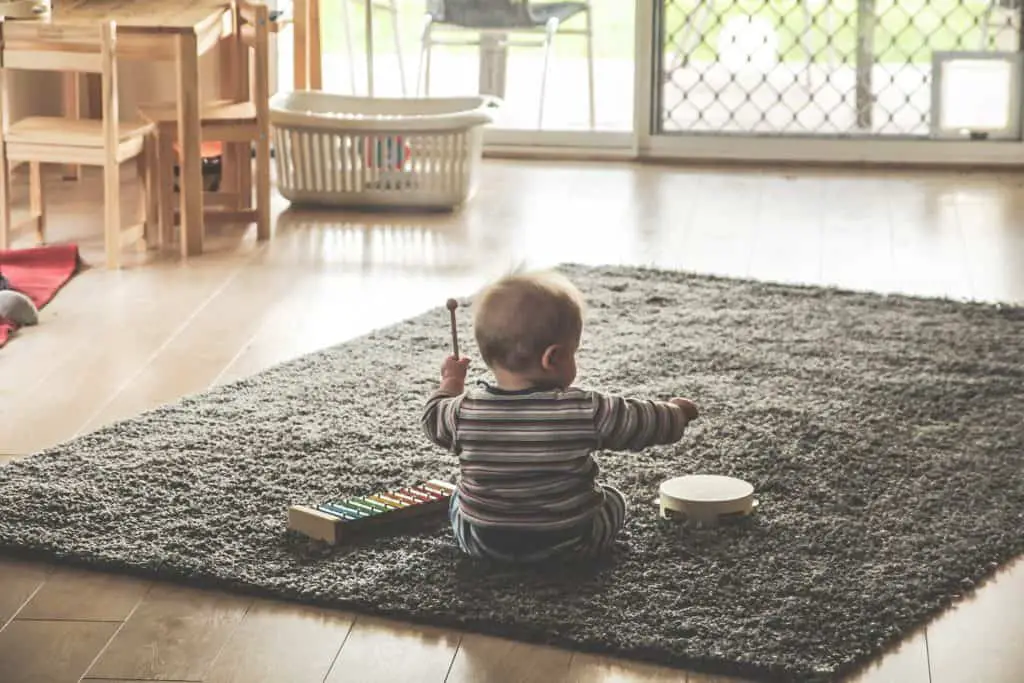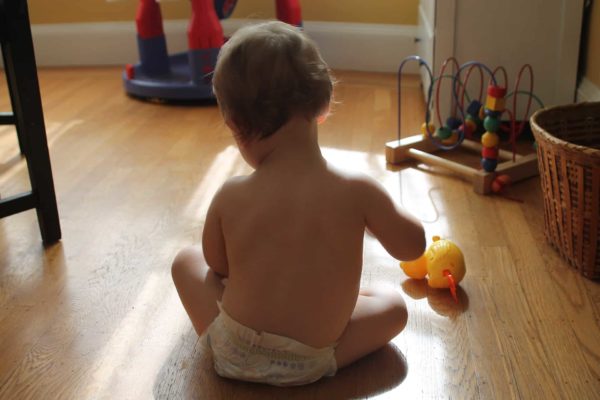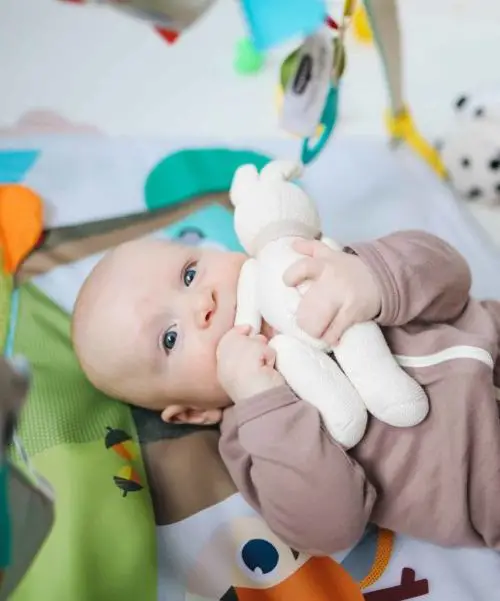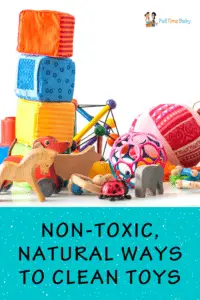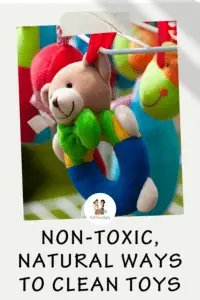You've cleaned the house in anticipation of the baby, maybe several times during that “nesting” stage of pregnancy. Everything is spick and span. You might want to take pictures because it's probably not going to last!
Babies put everything to their mouths. It's how they explore and learn. Throwing toys to the ground and then picking them up and putting it in their mouths; that’s all in a day’s work for babies! You can disinfect baby toys naturally and here is how.
Cleaners
Mild Soap (baby soap/hand soap/dish soap):
You can use mild soap as a cleaning agent to clean your baby’s toys. Put. Simply soak the toys inside the solution of dish soap and water and it will help remove dust from the toys.
Baking Soda:
Baking soda is another great natural ingredient for cleaning baby toys. You can pour 3-4 tablespoons of baking soda in a glass of warm water and use wipes to clean the toys.
White Vinegar:
You can also use white vinegar for cleaning your baby’s toys. White vinegar due to its anti-bacterial and disinfectant properties is an excellent option for cleaning your baby’s toys. However, make sure you rinse the toy properly with clean water and dry it under the sun after applying white vinegar.
Lemon Juice:
Lemon juice is acidic in nature and this property makes it an excellent natural cleaner for your kid’s toys. It not only kills the germs but also removes the stain from the toys.
Alcohol:
You can use alcohol diluted in warm water to clean your baby’s toys. It will give the plastic and wooden toys their natural shine and removes stubborn stains if any.
Baby Toys By Category
Plastic Toys:
If the toys are completely made of plastic, you can wash them with mild soap or even run them through the dishwasher (not suitable for battery-operated toys). You can load the toys into a lingerie bag or a colander to keep them falling off the racks. Use gentle cycle and allow the toys to air dry. If the stains are stubborn, you can use a rug or a toothbrush to scrub. If the plastic toys are battery-operated or have fabrics embedded, you can use a clean cloth dipped in soapy water to wipe the surface of the toys.
Wooden Toys:
Toys made from wood will become rough because they are warped when soaked in water. For cleaning wooden toys, use a clean cloth dipped in 50/50 mixture of water and distilled white vinegar or soapy water. Moreover, you can also use rubbing alcohol on a cotton ball to remove residue, stains, or dirty spots.
Soft Toys (fabric):
If your baby’s plush toys make any kind of noise or have a battery pack, they can be spot cleaned with a baby wipe. However, if they are simple stuffed toys for cuddling, you can put them in your washing machine. And for deeper clean, load the toys in a lingerie bag or a pillowcase and spin in the clothes dryer for 15 minutes on medium heat. Make sure the fabric toys are dried properly as they have the tendency to absorb water and could become breeding grounds for mold.
If there are visible stains of the toy, apply the mixture of baking soda and white vinegar and scrub it with a toothbrush before machine-washing them.
Latex and Rubber Toys:
Rubber toys are prone to mold growth if they are not cleaned on a regular basis. Rubber and latex toys are generally the chew toys, so proper attention should be given while cleaning them. Rubber toys that have holes must never be immersed in water or cleaned under running water.
Cleaning Mold or Mildew off Bath Toys
Mold, if not contained, can cause allergies, respiratory problems, and other health conditions. Mold affects people of all ages but individuals with a weak immune system are more vulnerable to mold. Mold, in particular, can easily affect kids. Bath toys accumulate higher amounts of mold than any other toys. As bath toys are mostly rubber and latex, it is advised that you boil the bath toys once every 2-3 weeks, as it will stop mold and mildew from accumulating.
You can use baby wipes or a DIY spray sanitizer that doesn’t have to be rinsed off and is safer for the baby.
Natural DIY spray sanitizer
This recipe uses 1 part of vinegar and 1 part of distilled water, so you can adjust the quantities as per your requirements.
- A glass spray bottle (plastic tend to accumulate mold)
- ½ cup White Vinegar
- ½ cup Distilled Water
- 10-15 drops of Germ Destroyer essential oil (Clove/Lavender/Lemon/Cinnamon/Rosemary – any one)
Directions-
- First, add water into the glass bottle followed by white vinegar
- Now add essential oil and shake it gently
- Wait for the bubbles to settle down and start cleaning
NOTE: if you are using this mixture on an electric toy, it is advised to spray on a lint-free cloth and wipe the toy clean.
How often should I clean toys?
- Everyday toys that are your baby’s favorites or you carry in your baby’s diaper bag should be cleaned weekly
- The toys that aren’t used in a while are probably harboring bacteria, they should be cleaned before giving it to your baby
- After a playdate as other babies have put the toys in their mouths
Use these mixtures to keep baby toys clean with minimal germs! What are your favorite concoctions or ways to clean toys?
